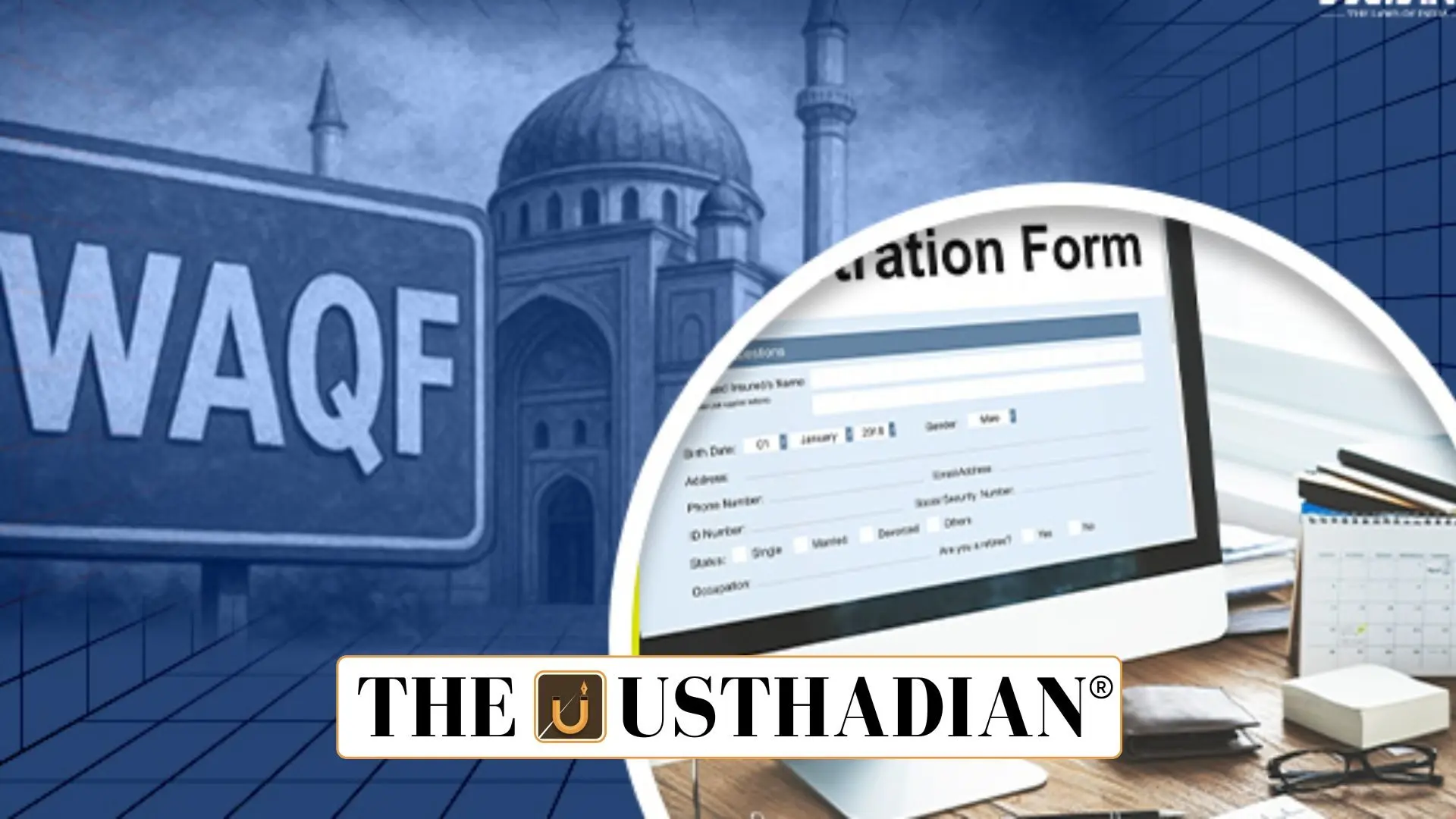Unified system for Waqf property management
UMEED Central Portal boosts Waqf property governance: The Union Minister for Minority Affairs has officially launched the UMEED Central Portal, making the Unified Waqf Management, Empowerment, Efficiency and Development (UMEED) Rules, 2025 operational across India. This marks a significant reform in the management of Waqf properties through digitization and transparency.
Aim of the UMEED Portal
The portal has been developed by the Ministry of Minority Affairs to function as a centralized digital platform. It enables real-time uploading, verification, and monitoring of Waqf properties spread across the country. This is expected to resolve long-standing issues related to lack of transparency and inefficiency in managing these religious endowments.
Key features of the portal
The portal introduces several tech-based features:
- Digital inventory of all Waqf properties with geo-tagging
- Online grievance redressal system for faster issue resolution
- Transparent leasing and usage tracking of properties
- Public access to verified records, enhancing accountability
- Integration with GIS mapping and other e-Governance tools
These features ensure that citizens, especially stakeholders of Waqf boards, can track asset usage and resolve disputes quickly.
Background on Waqf properties
Waqf refers to a permanent dedication of property for religious or charitable purposes in Islam. India has over 6 lakh Waqf properties, including mosques, graveyards, schools, and community spaces.
Static GK fact: India has the third-largest Waqf landholding in the world, after Saudi Arabia and Egypt.
Despite this, management has been fragmented and poorly digitized. The UMEED portal addresses these gaps by introducing data-backed monitoring.
Significance for governance
The portal supports efficient administration by enabling coordination among the Central Waqf Council, State Waqf Boards, and local administrators. It also creates a public record for every registered Waqf property, reducing chances of encroachment, misuse, or illegal leasing.
Static GK Tip: The Central Waqf Council was established in 1964 under the Waqf Act, 1954, to advise the government on Waqf matters.
Future prospects
The success of UMEED could pave the way for digitization of other religious endowments in India. It sets a precedent for using technology for transparency, especially in managing large-scale community assets.
Static Usthadian Current Affairs Table
UMEED Central Portal boosts Waqf property governance:
| Topic | Detail |
| Full Form of UMEED | Unified Waqf Management, Empowerment, Efficiency and Development |
| Launched By | Union Minority Affairs Minister |
| Developed By | Ministry of Minority Affairs |
| Operational Year | 2025 |
| Key Objective | Real-time monitoring of Waqf properties |
| Technology Tools Used | GIS mapping, e-Governance tools |
| Major Features | Geo-tagging, grievance redressal, leasing transparency |
| Governing Body | Central Waqf Council |
| Static GK – Waqf in India | Over 6 lakh Waqf properties |
| Static GK – Establishment Year of CWC | 1964 |








